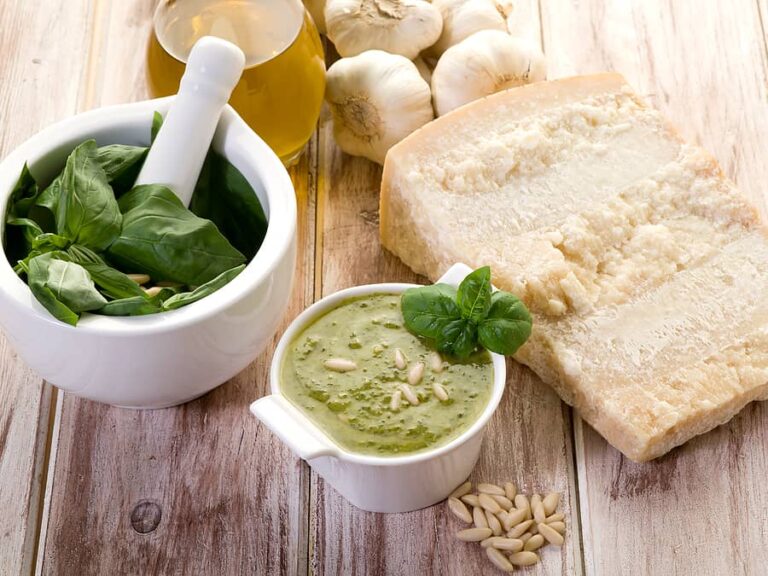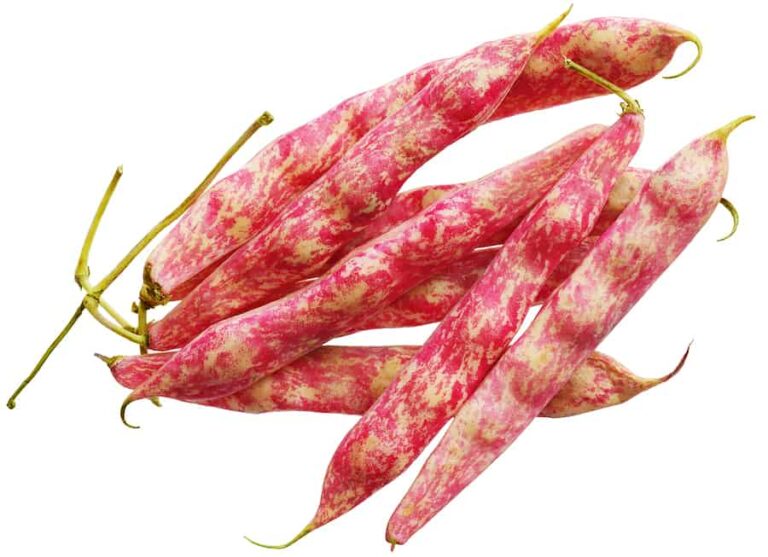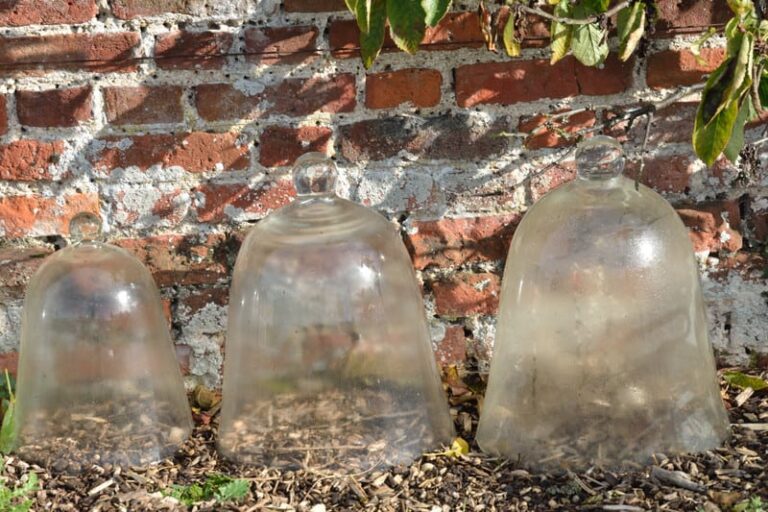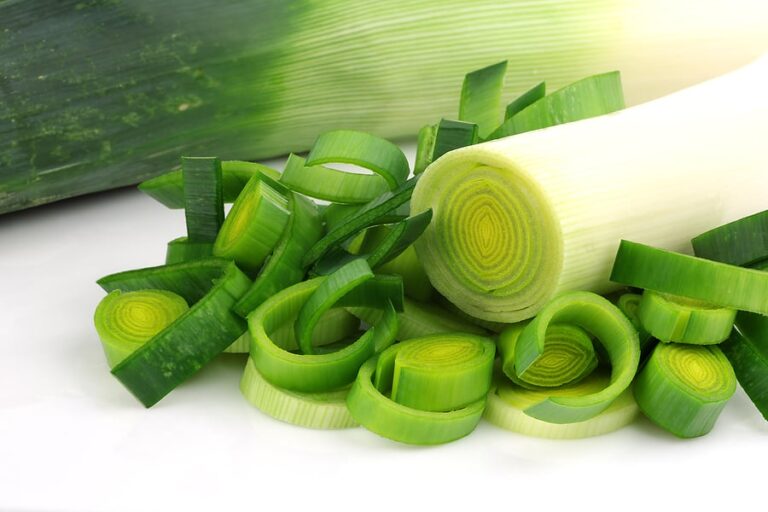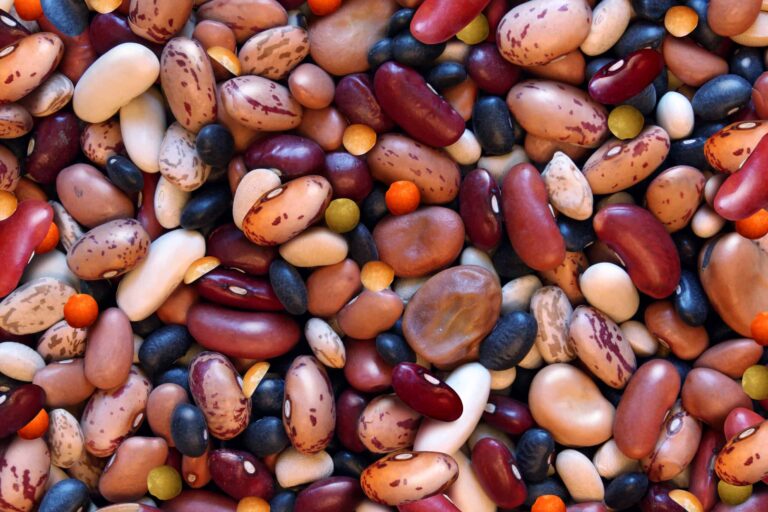More Superfoods from the Garden
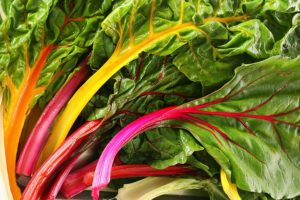
Some vegetables and fruits you grow in your garden are higher in nutritional value and are better at improving your health than others—these have been dubbed superfoods.
Superfoods are easy to grow. Any beginning gardener can grow superfoods. These crops are high in nutritional value and provide important chemical compounds—called phytochemicals—that can help ward off disease and improve health.
Beans, beets, cabbage, spinach, Swiss chard, and tomatoes are just a few superfoods. Superfood crops grow in both cool and warm seasons—so you can grow a couple of superfoods in your garden almost all year round.
So-called superfoods have been around for thousands of years, but the term has gained popularity over the past two decades as scientists have looked more closely at the chemical compounds at work in these crops. Among other things, scientists have found that superfoods can lower cholesterol, reduce the risk of heart disease and cancer, and even improve a person’s mood and emotional well-being.
The great thing about superfoods is that they require almost no extra preparation time in the kitchen; many can be eaten raw out of hand and others can be served with minimal cooking time—often just a quick pan steaming in the very water you rinse them with. What could be easier?
If you aren’t already growing superfoods in your garden, you could be with very little effort–and even less expense than if you bought many of these vegetables and fruits at the supermarket.
10 SUPERFOODS FROM THE GARDEN (Click here to see another 10 Superfoods from the garden.):
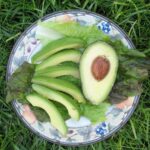
Avocadoes. Avocadoes are rich in monounsaturated fat—that’s a fat that is good for you (specifically oleic acid, an omega-9 fat); it lowers cholesterol. Levels of LDL (“bad” cholesterol and triglycerides, both associated with heart disease) drop in people who eat avocadoes regularly.
- Avocadoes are a good source of glutathione, an antioxidant that improves overall hormone function.
- Avocadoes contain lutein, a natural antioxidant that help eyes and skin stay healthy.
- Avocadoes are a great source of fiber (between 11 and 17 g per avocado) and potassium.
→Click here for Avocado Kitchen Basics.
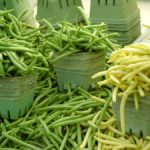
Beans. Eat snap beans fresh from the vine or use them in casseroles, soups, stews, salads or dried. Bush beans are ready in as few as 45 days, prolific pole beans are ready in 60 days and will continue to produce until frost comes.
- Beans are probably the best source of fiber in the world. (High fiber diets are associated with lower risks of cancer, heart disease, diabetes, and obesity.)
- A cup of cooked beans each day can lower your total cholesterol by up to 10 percent in six weeks.
→Click here for How to Grow Beans.
→Click here for Beans Kitchen Basics.
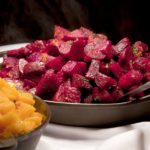
Beets. Beets can be baked, boiled, steamed, or shredded raw and added to salads and slaws. Beet leaves are high in calcium, iron, vitamin A, and vitamin C. From seed sowing, beets are ready for harvest in about 50 days.
- Beets are an important source of betaine and folate—nutrients that work together to reduce an amino acid that is harmful to blood vessels and contributes to the development of heart disease, stroke, dementia, and peripheral vascular disease.
- Two beets contain 528 mg of potassium which is very important for heart health.
→Click here for How to Grow Beets.
→Click here for Beets Kitchen Basics.
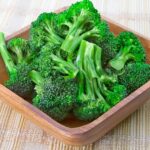
Broccoli. Broccoli can be served raw as an appetizer or cut up in a salad. Broccoli grown from seed is ready for harvest in about 80 days.
- Broccoli is an excellent source of isothiocyanates, anticancer phytochemicals that neutralize carcinogens.
- One cup of broccoli contains more than 2 g of protein, 2 g of fiber, 288 mg of potassium, 43 mg of calcium, 81 mg of vitamin C, and also folate, magnesium, phosphorus, beta-carotene, vitamin A and eye nutrietns lutein and zeaxanthin.
→Click here for How to Grow Broccoli.
→Click here for Broccoli Kitchen Basics.
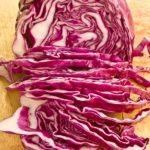
Cabbage. Raw cabbage can be sliced, shredded, or chopped to be used in salads or to make coleslaw. Cooked cabbage can be steamed, braised, sautéed, or stuffed.
- Cabbage contains the phytochemicals called indoles which alter estrogen metabolism and likely reduce cancer.
- Other anticancer phytochemicals in cabbage: dithiolethiones, isothiocynates, and sulforaphane.
- Cabbage contains anthocyanin a powerful antioxidant and to fight free radicals which can contribute to cardiovascular disease. Anthocyanins are also anti-inflammatory and can help suppress allergic reactions.
→Click here for How to Grow Cabbage.
→Click here for Cabbage Kitchen Basics.
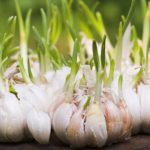
Garlic. Garlic is ready 90 to 100 days after spring planting; 8 months after autumn planting. Use garlic as a flavoring in soups, vegetables, tofu, stews, and marinades.
- Garlic contains sulfur compounds that have antioxidant and antimicrobial properties.
- Crushed garlic releases allicin, which wards off heart attacks and strokes.
→Click here for How to Grow Garlic.
→Click here for Garlic Kitchen Basics.
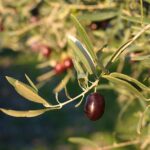
Olives/Olive Oil. Olives and olive oil have been a Mediterranean diet staple for more than 5,000 years. The best olive are not processed but those cured in oil, brine, water, or salt—they contain important chemical compounds for health. Always ask for the first pressing or “extra virgin” olive oil.
- Olives and olive oil contain the healthful compounds tocopherols, flavonoids, anthocyanins, sterols, and polyphenols. Polyphenols are anti-inflammatory and improve immune function.
- The fat in olives is largely monounsaturated fat oleic acid which is associated with HDL, “good” cholesterol.
Diet rich in olive oil has been associated with a decreased risk or colon and bowel cancer.
→Click here for Olive Growing.
→Click here for Olives Kitchen Basics.
→Click here for Olive Oil Kitchen Basics.

Raspberries. Raspberries require a good supply of organic matter in the soil to thrive—the roots like plenty of air but moist soil. Keep raspberries well irrigated through the summer for an abundant harvest.
- Raspberries are an excellent source of ellagic acid, also found in cherries and strawberries, which is said to inhibit growth of tumors caused by some carcinogens.
- Raspberries contain anthocyanins which can inhibit compounds in the body that signal pain and inflammation that accompanies arthritis.
→Click here for Raspberry Varieties.
→Click here for Raspberry Kitchen Basics.
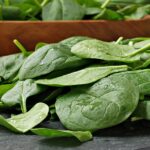
Spinach. Serve spinach raw or cooked; pan-steam spinach in the water you rinse it with. Spinach is ready for harvest about 45 days after winter or spring sowing.
- Spinach is one of the best sources of vitamin K, critically important for building strong bones—it contains a compound called osteocalcin that holds calcium molecules in the bone. One cup of fresh spinach provides 200 percent of the daily value of vitamin K.
- Spinach is an alternative to milk for Vitamin C and also vitamin A, both important antioxidants that prevent cholesterol from becoming oxidized (oxidized cholesterol can build up in blood vessels and contribute to blocked arteries.
→Click here for How to Grow Spinach.
→Click here for Spinach Kitchen Basics.

Swiss Chard. Serve chard raw or cooked. Cook chard like spinach. Chard is ready to harvest 45 days after sowing.
- One cup of cooked chard contains nearly 4g of fiber, more than 100 mg of calcium, 961 mg of potassium and more than 30 mg of vitamin C and only 35 calories.
- Swiss chard contains lutein and zeaxanthin which protect the eyes against macular degeneration.
→Click here for How to Grow Swiss Chard.
→Click here for Swiss Chard Kitchen Basics.

Tomatoes. In cool summer regions, plant tomatoes near a wall or the side of the house that faces west or south. The wall will soak up the day’s heat and release it at night keeping tomatoes warm.
- Cooked with oil, tomatoes are a rich source of carotenoid lycopene which is said to reduce prostate cancer.
- Tomatoes contain lycopene which protects against lung and stomach cancers and protects the heart again oxidative damage and thus reduces the risk of heart attacks.
- Tomatoes contain lutein that is important for eye health.



